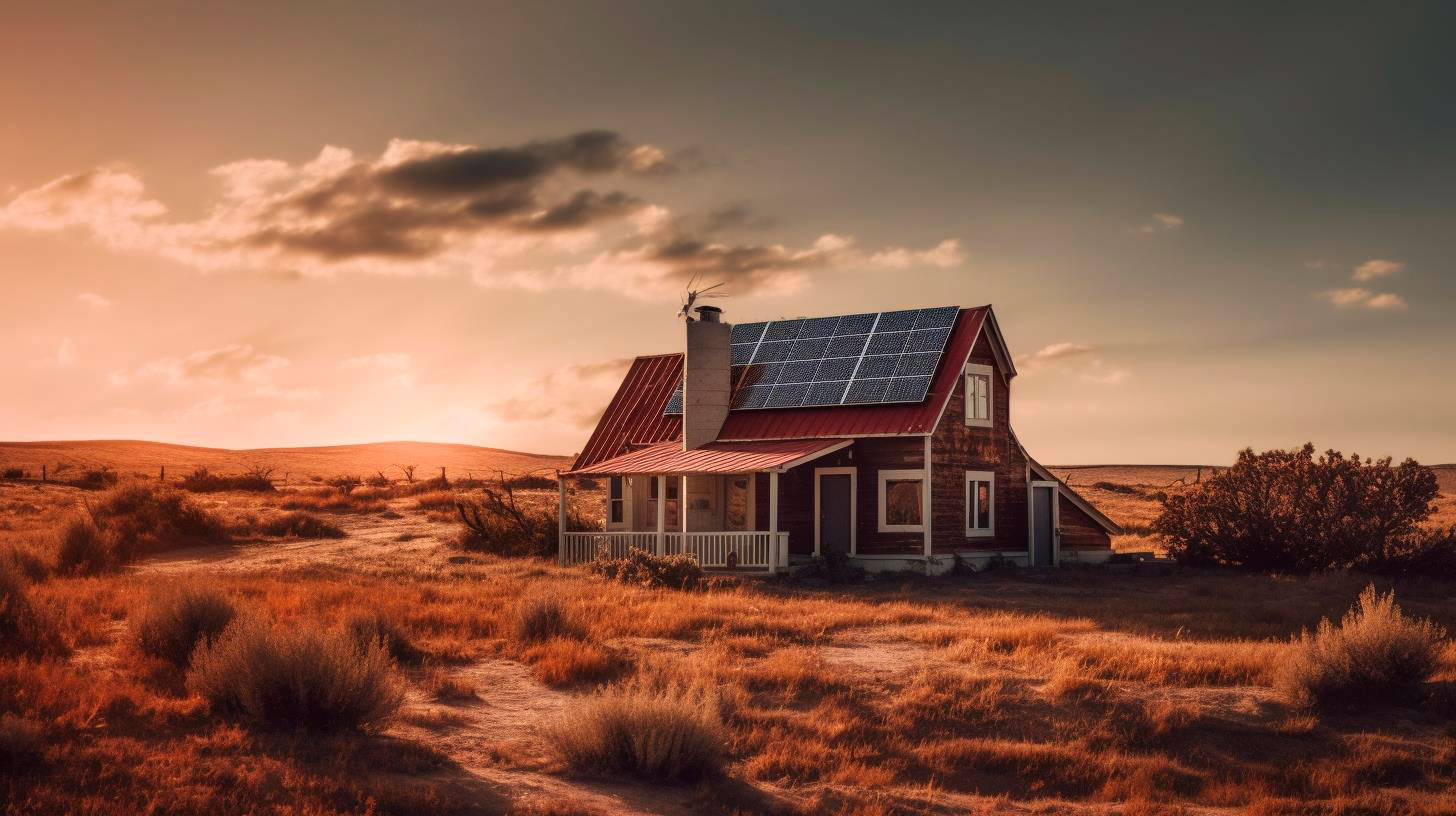Powering the Future: Advances in Sustainable Energy Storage Solutions
The Challenge of Energy Storage
Renewable energy sources such as solar and wind power offer significant advantages in terms of reducing greenhouse gas emissions and combating climate change. However, these sources of energy have one critical limitation – intermittency. Unlike fossil fuel-based power plants, renewable energy generation depends on factors like weather conditions and daylight availability.
This intermittent nature of renewable energy sources creates a challenge for effectively integrating them into the power grid. Energy storage solutions play a pivotal role in addressing this challenge – allowing excess renewable energy to be stored during periods of high generation and released when demand exceeds supply. This not only ensures a consistent power supply but also maximizes the utilization of renewable energy sources.
Advancements in Sustainable Energy Storage
Over the past few years, significant advancements have been made in the field of sustainable energy storage. These breakthroughs have revolutionized the energy sector and have the potential to shape the future of power generation. Let’s explore some key developments:
1. Lithium-Ion Batteries
- Lithium-ion batteries have emerged as the go-to solution for portable electronics and electric vehicles.
- They offer high energy density, fast charging capability, and long cycle life.
- These batteries are rapidly evolving and becoming more cost-effective, enabling their adoption in larger-scale energy storage applications.
2. Flow Batteries
- Flow batteries, also known as redox flow batteries, are characterized by their ability to decouple power and energy.
- They use two distinct electrolytes stored in separate tanks, offering flexibility in storage capacity and power output.
- Flow batteries have longer lifespan capabilities and can be scaled up for large-scale grid applications.
3. Compressed Air Energy Storage (CAES)
- CAES systems use excess renewable energy to compress air and store it in underground caverns or tanks.
- When electricity demand increases, the compressed air is released and used to generate power through turbines.
- This technology has the potential to store vast amounts of energy for extended periods, making it suitable for long-duration energy storage.
4. Thermal Energy Storage
- Thermal energy storage systems store excess renewable energy in the form of heat or cold.
- Various technologies such as molten salt, ice, and phase change materials are used to store and release energy as required.
- Thermal energy storage systems are well-suited for both large-scale and district heating/cooling applications.
The Advantages of Sustainable Energy Storage
The advancements in sustainable energy storage come with several advantages that contribute to a greener, more sustainable future:
- Smooth Integration: Energy storage solutions facilitate seamless integration of renewable energy sources into the grid, reducing reliance on fossil fuels.
- Grid Stability: By mitigating fluctuations in energy supply, storage systems ensure grid stability and reliable power delivery.
- Backup Power: During unexpected power outages, energy storage solutions can act as a reliable backup, supporting critical infrastructure.
- Reduced Costs: By utilizing excess renewable energy and avoiding peak-hour electricity prices, energy storage systems help reduce overall energy costs.
- Environmental Benefits: Energy storage aids in the reduction of greenhouse gas emissions, air pollution, and dependence on non-renewable resources.
Key Takeaways
The advancements in sustainable energy storage solutions are transforming the energy landscape. Here are the key takeaways:
- Lithium-ion batteries, flow batteries, CAES, and thermal energy storage are among the leading sustainable energy storage technologies.
- These advancements ensure a consistent power supply, maximize renewable energy utilization, and contribute to the reduction of greenhouse gas emissions.
- Sustainable energy storage solutions offer numerous advantages, including smooth integration, grid stability, backup power, reduced costs, and environmental benefits.
- Continued research and innovation in energy storage technologies are crucial for achieving a sustainable and resilient energy future.
As we strive towards a carbon-neutral future, sustainable energy storage solutions will play an increasingly vital role. The innovations we have witnessed demonstrate that the power to shape a greener, more sustainable world lies in our hands. By embracing and advancing these developments, we can power the future with clean, reliable energy.
